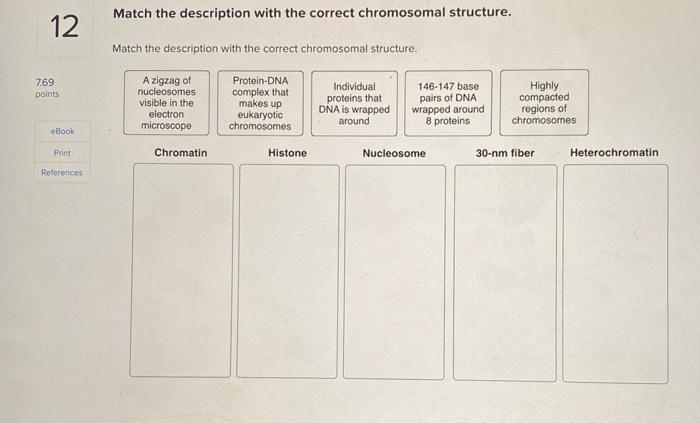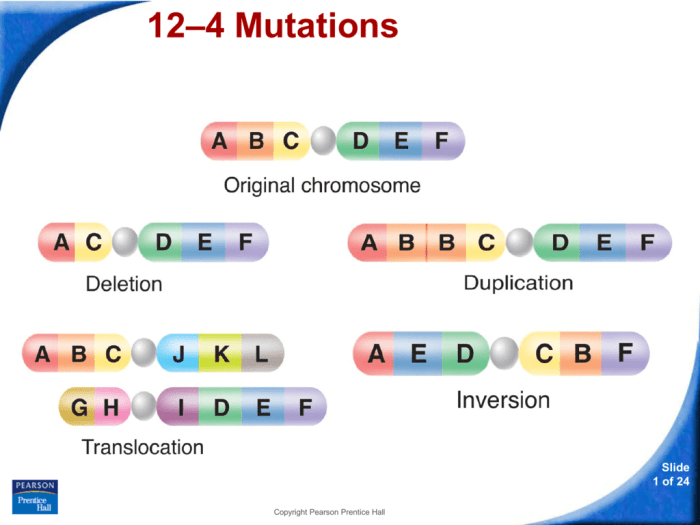Match the description with the correct chromosomal structure. An interactive and informative guide to understanding the essential components of chromosomes, their functions, and their clinical significance.
Chromosomes are the building blocks of heredity, carrying the genetic information that determines our traits and characteristics. Understanding their structure is crucial for unraveling the mysteries of genetics and unlocking the potential for personalized medicine.
Chromosomal Structures

Chromosomes are complex structures that carry genetic information essential for life. They are composed of DNA, proteins, and other molecules. Chromosomal structures are vital for the proper functioning of cells and the organism as a whole. The main chromosomal structures include:
- Centromere: The centromere is a specialized region of the chromosome that attaches to spindle fibers during cell division, ensuring the equal distribution of chromosomes to daughter cells.
- Telomere: Telomeres are repetitive DNA sequences located at the ends of chromosomes. They protect the chromosome from degradation and fusion with other chromosomes.
- Chromatid: Each chromosome consists of two identical sister chromatids, which are joined at the centromere. During cell division, the chromatids separate and move to opposite poles of the cell.
- Kinetochore: The kinetochore is a protein complex located at the centromere. It serves as the attachment point for spindle fibers, which pull the chromosomes apart during cell division.
These chromosomal structures play crucial roles in cell division, ensuring the accurate transmission of genetic material from one generation to the next.
Matching Descriptions, Match the description with the correct chromosomal structure.
| Description | Centromere | Telomere | Chromatid | Kinetochore |
|---|---|---|---|---|
| Protein complex at the centromere | x | |||
| Attaches to spindle fibers | x | |||
| Identical copies of chromosomes | x | |||
| Repetitive DNA sequences at chromosome ends | x |
Structural Comparisons
Centromeres, telomeres, chromatids, and kinetochores all play essential roles in chromosomal structure and function. However, they differ in their specific characteristics:
- Centromere:Located in the middle of the chromosome, the centromere is the narrowest point and is responsible for attaching the chromosome to spindle fibers.
- Telomere:Located at the ends of chromosomes, telomeres are non-coding DNA sequences that prevent the fusion of chromosomes and protect them from degradation.
- Chromatid:Sister chromatids are identical copies of chromosomes that are joined at the centromere. During cell division, the chromatids separate and move to opposite poles of the cell.
- Kinetochore:The kinetochore is a protein complex located at the centromere that serves as the attachment point for spindle fibers, ensuring the proper separation of chromosomes during cell division.
These structural differences contribute to the unique roles and functions of each chromosomal structure.
FAQ Resource: Match The Description With The Correct Chromosomal Structure.
What is the function of a centromere?
The centromere is the constriction point on a chromosome where spindle fibers attach during cell division, ensuring the equal distribution of genetic material to daughter cells.
What is the difference between a chromatid and a chromosome?
A chromatid is one of the two identical copies of a chromosome that are joined at the centromere. During cell division, the chromatids separate and become individual chromosomes.
What is the clinical significance of chromosomal abnormalities?
Chromosomal abnormalities can lead to genetic disorders, which can have a wide range of effects on an individual’s health and development. These disorders can be caused by extra or missing chromosomes, or by structural changes within chromosomes.


